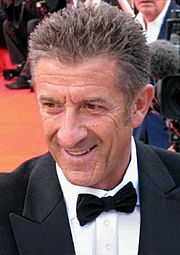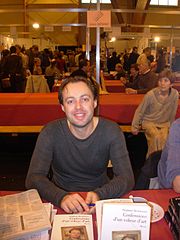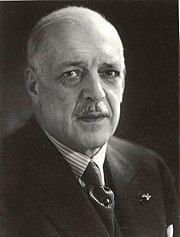Design
Design
Personality
Chart Properties
Your Cross represents the specific theme of your life. This cross embodies your unique potential & the lessons you're here to learn, providing a roadmap to fulfilling your life purpose.
We use the UTC birth time and date to do the calculations required to generate your Human Design chart.
Buy Tokens
Pay as you use, no expiry and no subscription required.Prompt Ideas
Get inspired with some epic prompt ideas.Clovis Vincent's Biography
French neurologist and neurosurgeon.
Vincent was born in Ingré, near Orléans. He studied neurology in Paris with Professor Fulgence Raymond, the successor of the famous French neurologist Charcot.
In 1914 he served as a medical officer in a stretcher bearers corps assigned to the 46th Infantry Regiment. Becoming the chief physician of the neurological centre of the Ninth French military region, he developed a new treatment to get soldiers with “Obusite” (shell-shock) syndrome back the front. This therapy or punishment as it was regarded by others resembled electro-convulsive therapy (ECT) as his patients were, even against their will, treated with 60 mA to 100 mA currents. He called his invention “faradic treatment” but others called it torpedoing.
On 27 May 1916 his patient Baptiste Deschamps refused his “torpillage” treatment and hit Vincent. It resulted on 1 August 1916 in Tours in a sensational trial against his patient (sic, not Vincent) with headlines in the press like: Un soldat peut-il refuser de se faire soigner? (can a soldier refuse treatment?). At his time physicians were seen as half gods and military officers had to obeyed.
In 1927 Vincent went to Boston to study with Harvey Williams Cushing (8 April 1869 – 1939), the father of modern neurosurgery.
On 19 December 1937 Vincent tried (this time with more or less informed consent) brain surgery on the hesitating composer Maurice Ravel, who had had gradually developed neurological symptoms that (afterwards) could be dated back to 1932, when Ravel had a head contusion in a taxi accident. Vincent suspected a brain tumour, but during the operation no tumour was found at all. Ravel awakened from anaesthesia, asked for his brother, but sank into a deep coma again and died 28 December 1937 in Paris. Ravel thus died because of a medical fault or misdiagnosis.
Vincent received the Legion of Honor as a soldier and the Military Medal in 1915.
With Thierry de Martel (1875-1940) he is seen as a founder of French neurosurgery.
He died November 14, 1947 in Paris
Link to Wikipedia
Your Cross represents the specific theme of your life. This cross embodies your unique potential & the lessons you're here to learn, providing a roadmap to fulfilling your life purpose.
We use the UTC birth time and date to do the calculations required to generate your Human Design chart.








